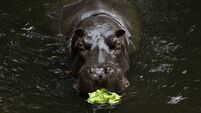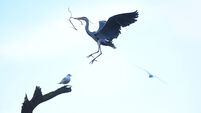Tree reproduction: A sappy love story, millions of years in the making, that rings true

Willow trees are distinctly male or female, necessitating 'interaction' between the sexes for reproduction. They rely heavily on external forces, such as wind, insects, birds to transfer pollen from male to female counterparts. So if male and female willow trees are too far apart or if pollinator populations decline, reproduction becomes challenging.
When we stroll through a forest, it's easy to admire the towering canopies, the rustling leaves, and the dappled sunlight playing on the forest floor. But beneath this serene façade lies a world of complex relationships and survival strategies. Far from being passive parts of our landscape, trees engage in intricate reproductive behaviours that are crucial for their survival and, by extension, ours. Understanding the differences between monoecious and dioecious trees isn't just botanical minutiae, it's key to conserving biodiversity and combating the challenges posed by climate change.







